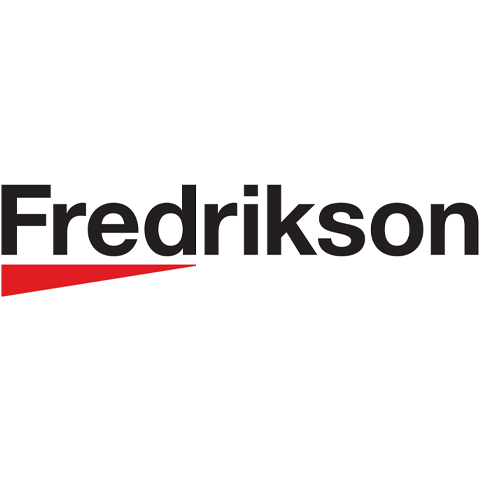Minnesota: 2030 | 2023 edition - Economic outlook through 2030
Economic outlook
through 2030
Minnesota’s economic outlook continues to be shaped by long-term population trends. Below are four trends to look for:
Minnesota’s total labor force is projected to remain essentially flat this decade. Minnesota added nearly 822,00 people to the state’s workforce in the 23 years from 1978 to 2000. Since 2000, however, Minnesota added just 276,000 people to its workforce and is projected to add only 43,000 this decade. This is driven by an aging population where the number of working-age adults will plateau. Slow labor force growth will be exacerbated by a reduction in labor force participation that results from an aging population and by low (or negative) net migration.
Slow labor force growth will continue to inhibit job creation and GDP growth. Total nonfarm employment in Minnesota projects to increase by 0.1% annually between 2019-2030 as the availability of working-age adults flattens over the decade. Not surprisingly, this will slow the expansion of output in Minnesota’s economy as well. Minnesota’s real GDP is projected to grow at just 1.3% annually through 2030, which would make it the slowest decade of economic growth on state record. Barring an acceleration of productivity, Minnesota’s long-term population trends are expected to keep real GDP growth below 2% through 2050.

A period of tight labor markets with low unemployment and rising wages seems likely, though business cycle swings can change short-term conditions. While slow labor force growth will inhibit growth in the economy, the upside is that tight labor markets will likely keep unemployment low (outside of business cycle downturns) and drive continued wage growth as employers compete for talent. IHS Markit’s long-term forecast shows that average annual wages may increase by 4.9% this decade, with unemployment remaining below 4% (a threshold that is sometimes used as a benchmark of full employment).
Technological advancements and workforce shortages raise the stakes for increased productivity growth, but predicting future productivity is difficult. Productivity growth slowed across the U.S. since the early 2000s and forecasts show only modest improvement going forward. The Congressional Budget Office projects that potential labor productivity in the U.S. could rise to 1.6% annual growth from 2022-2026 and 1.4% from 2027- 2032. This represents a slight bump from the previous period between 2008-2021, but it remains well below the long-term historical average of 2.2%. Moreover, while low labor supply may increase the incentives for productivity investments, it may also weaken the broader impact of those investments to the aggregate economy as firms struggle to hire enough workers to scale innovations.
Minnesota’s economic
outlook continues to
be shaped by long-term
population trends.
However, predicting future productivity changes is notoriously challenging. As an article published by the Federal Reserve Bank of San Francisco states, “A period of lower growth — such as the period since the mid-2000s — will not last forever, but there’s no way to know exactly when the next increase in productivity — for instance, from increased automation — will arrive.” Indeed, advancements in A.I., automation and other technologies offer at least a potential opportunity to spur productivity growth in future decades. The impact of revived productivity growth could be substantial. Analysis from the McKinsey Global Institute estimates that the U.S. could add $10 trillion to GDP in the next decade by returning to the long-term historical average of 2.2% productivity growth.

Productivity trends can vary widely across states. For example, natural resource developments in North Dakota caused productivity to spike by nearly 3.5% from 2007-2021, and productivity grew by over 2.5% annually in U.S. tech hubs like Washington and California in that time. The Bureau of Labor Statistics estimates that labor productivity increased by an average annual rate of 1.3% in Minnesota from 2007-2021, ranking 18th among states. Identifying opportunities for further productivity growth will be critical going forward.
























